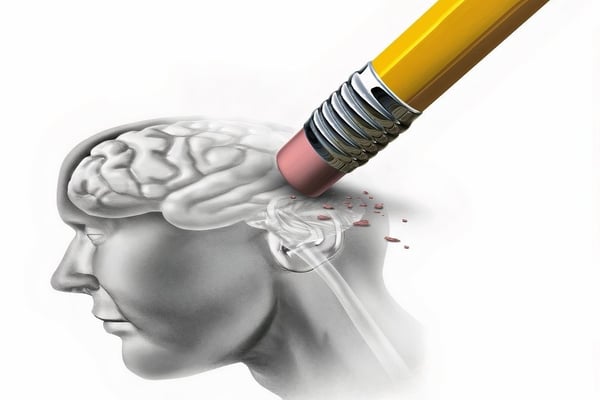Alzheimer’s disease is a form of dementia that causes memory loss, an inability to comprehend situations and conversations, being unable to care for oneself and a lack of judgement in everyday situations.
The World Health Organization estimates that over 55 million people globally have dementia, with 60-70% of this figure being Alzheimer’s. In addition, 10 million more people develop some form of dementia every year.
The quest to find a cure for Alzheimer’s disease is urgent as this debilitating disease continues to affect the lives not only of the people who suffer from it but their families too.
Alternative transgenic models are playing a major role in the discovery of a cure for Alzheimer’s disease as traditional scientific methods have so far been unsuccessful.
What is a transgenic model?
When the cell or genome is modified using DNA from an alternative source it is known as a transgenic model. Traditionally, rodents have been used as transgenic models for this form of genetic engineering.
Mice and rats are the main animals used for transgenic research into Alzheimer’s and other human diseases. These genetic alterations allow scientists to study how and why the disease affects the human brain. Unfortunately, it has not yet revealed a cure for this disorder.
What causes Alzheimer’s disease?
Alzheimer’s disease changes the way the neurons in the brain send messages to each other. For a healthy person, the neurons continue to do their job and can even get stronger and regenerate. In a person who suffers from Alzheimer’s, some neurons die and are not replaced.
The brain cannot function normally with this loss of neurons, which is why symptoms such as memory loss and an inability to concentrate occur in Alzheimer’s disease.
Damage to the neurons occurs when a protein known as beta-amyloid protein forms plaques between them. These plaques affect the normal behaviour of the brain. This is not the only way Alzheimer’s develops, but one of the main areas studied using transgenic models.
Why have transgenic models been unsuccessful in finding a cure for Alzheimer’s?
Rodents, especially mice, were initially used to study Alzheimer’s disease as their brains were found to develop neuron-affecting plaques in the same way as in the human brain. A vaccine was even trialled on mice in 1999, which deleted the Alzheimer’s-causing plaques in mice brains. However, this result did not produce the same effect on the human brain.
Despite these studies on rodents to try and further understand and combat Alzheimer’s disease, there are two main reasons for rodents not having been a successful model:
- It seems that rodents do not develop this brain disease in the same way as humans.
- Experiments have shown that mice are born with some protection against developing neural diseases.
This has resulted in minimal clinical trials being carried out due to an unwillingness to take part in a test that does not demonstrate positive results.
What are the alternative models available to research Alzheimer’s disease?
As Alzheimer’s disease more commonly shows symptoms later in life, it is relevant to use older rodents for testing. This involves a higher cost in terms of husbandry, as the animals have to be kept for longer and be fed and housed.
One in vitro alternative model is the use of 3-D human-based cell models. These replicate the cell tissue of the human brain and can be used to test how to reduce plaques.
As an alternative animal model, zebrafish can be genetically modified without waiting for them to age. They have a very similar genome structure to humans, in particular the human brain. At Biobide we often use CRISPR technology and morpholinos to carry out this form of genetic engineering, which is much more cost-effective and faster than traditional methods.
Zebrafish have also proved to be a popular alternative transgenic model as they are easy to breed and hatch in about two days. They typically produce 100-300 eggs per zebrafish each week, and are transparent, making studies easier. They also fertilise outside the body of the fish, making them a suitable alternative to rodent testing.
As the need for a cure for Alzheimer’s disease increases, due to the many cases that are diagnosed each day, alternative transgenic research methods are rapidly becoming a core study method. A cure may not be just around the corner, but it is much closer than in previous years thanks to scientific development using alternative models.






